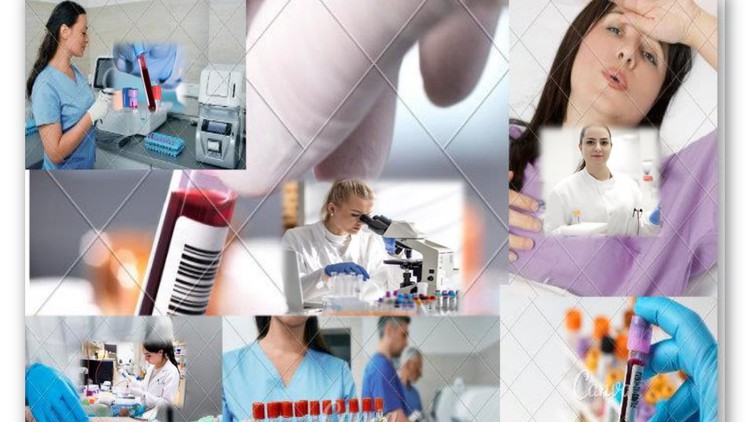
Hematology Basics
What you will learn
Blood Formation
Approach to a Patient – Investigation and Diagnosis of Blood Disorders
Red Cell Disorders – Diseases of the Blood System
White Cell Disorders – Diseases of the Blood System
Malignant Diseases of Blood – Diseases of the Blood System
Complications – Blood Transfusion
Anemia and Iron Deficiency – Red Cell Disorders
Thalassemia – Red Cell Disorders
Acute Leukemia – Leukemia
Hodgkin Lymphoma – Lymphoma
Description
Hematology (always spelled hematology in British English) is the branch of medicine concerned with the study of the cause, prognosis, treatment, and prevention of diseases related to blood. It involves treating diseases that affect the production of blood and its components, such as blood cells, hemoglobin, blood proteins, bone marrow, platelets, blood vessels, spleen, and the mechanism of coagulation. Such diseases might include hemophilia, sickle cell anemia, blood clots (thrombus), other bleeding disorders, and blood cancers such as leukemia, multiple myeloma, and lymphoma The laboratory analysis of blood is frequently performed by a medical technologist or medical laboratory scientist.
pecialization[edit]
Physicians specialized in hematology are known as hematologists or hematologists. Their routine work mainly includes the care and treatment of patients with hematological diseases, although some may also work at the hematology laboratory viewing blood films and bone marrow slides under the microscope, interpreting various hematological test results and blood clotting test results. In some institutions, hematologists also manage the hematology laboratory. Physicians who work in hematology laboratories, and most commonly manage them, are pathologists specialized in the diagnosis of hematological diseases, referred to as hematopathologists or hematopathology. Hematologists and hematopathologists generally work in conjunction to formulate a diagnosis and deliver the most appropriate therapy if needed. Hematology is a distinct subspecialty of internal medicine, separate from but overlapping with the subspecialty of medical oncology. Hematologists may specialize further or have special interests, for example, in:
- treating bleeding disorders such as hemophilia and idiopathic thrombocytopenic purpura
- treating hematological malignancies such as lymphoma and leukemia (cancers)
- treating hemoglobinopathies
- the science of blood transfusion and the work of a blood bank
- bone marrow and stem cell transplantation
Training
Content